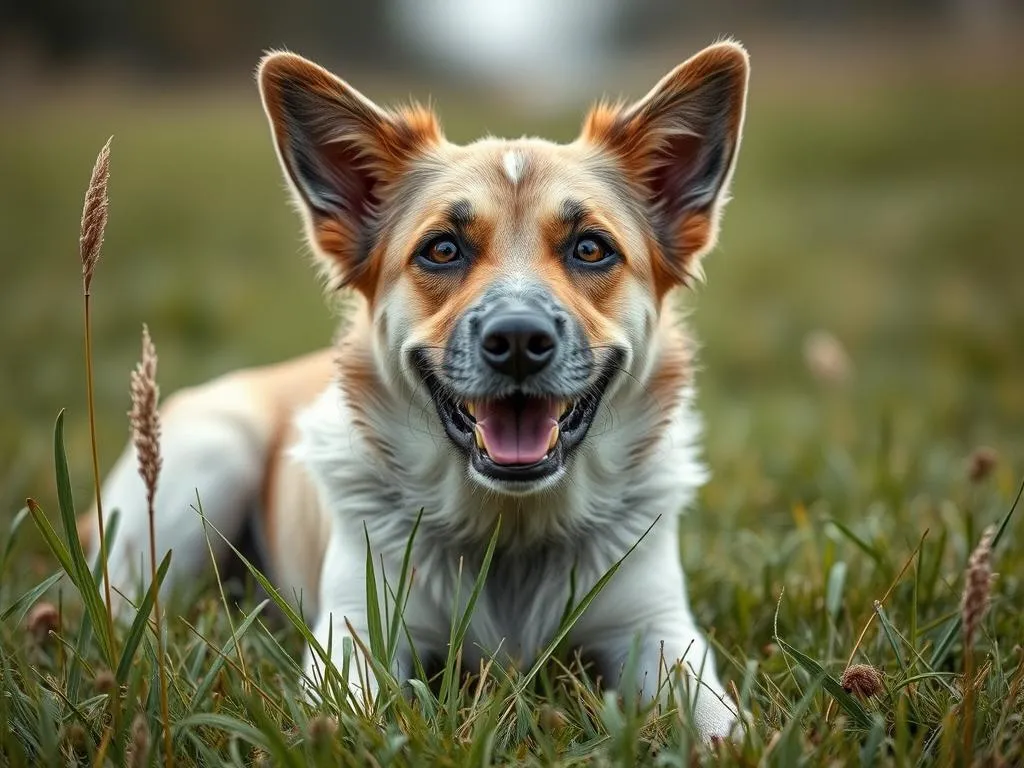
Dog urine is a common headache for pet owners and gardeners alike. Many dog owners have noticed that their beloved pets’ bathroom habits can leave unsightly marks on their lawns, leading to the question: why does dog pee kill grass? Understanding the science behind this phenomenon can help pet owners take proactive measures to protect their lawns while ensuring their furry friends are happy.
Understanding Dog Urine
Composition of Dog Urine
To grasp why dog pee can be detrimental to grass, it’s crucial to understand its composition. Dog urine contains several chemical components, including urea, nitrogen, salts, and ammonia.
- Urea is a byproduct of protein metabolism and is a significant contributor to the nitrogen content in urine.
- Nitrogen is essential for plant growth, but in concentrated amounts, it can be harmful.
- Salts can draw moisture from plants, leading to dehydration.
- Ammonia can be quite harsh and can burn the grass when in high concentrations.
When a dog urinates on grass, these components interact with the soil and grass, leading to potential damage, especially if the urine is concentrated.
Factors Influencing Urine Composition
The composition of dog urine can vary based on several factors.
- Diet plays a significant role; dogs that consume high-protein diets tend to produce urine with higher nitrogen levels. This elevated nitrogen can exacerbate the damaging effects on grass.
- Hydration levels are also crucial. Well-hydrated dogs will produce more diluted urine, which may be less harmful to grass than concentrated urine from dehydrated dogs.
Understanding these factors can help owners manage their dog’s diet and hydration, potentially reducing grass damage.
The Science Behind Grass Damage
How Dog Urine Affects Grass
When dog urine is deposited on the lawn, it introduces a surge of nitrogen into the soil. While nitrogen is vital for grass health, its excess can lead to nitrogen burn. This phenomenon occurs when the nitrogen levels become so high that they overwhelm the grass plants, causing them to struggle for nutrients and ultimately leading to their demise.
The nitrogen cycle is an essential process for maintaining healthy grass. Under normal circumstances, nitrogen is converted into forms that plants can use, promoting growth. However, the concentrated nitrogen found in dog urine can disrupt this cycle, resulting in dead patches on the lawn.
Symptoms of Grass Damage
Identifying signs of damage from dog urine can help owners take timely action. Common symptoms include:
- Burn spots: These appear as yellow or brown patches on the grass.
- Discoloration: Areas affected by dog urine may look wilted or dead compared to the surrounding healthy grass.
It’s essential to distinguish between dog urine damage and other potential causes of grass damage, such as pests, diseases, or environmental stressors like drought, to address the issue effectively.
Prevention Strategies
Training Your Dog
One of the most effective ways to prevent grass damage is training your dog to urinate in designated areas. Here are some techniques:
- Create a specific spot: Designate a gravel area or a corner of the yard for your dog to relieve themselves.
- Positive reinforcement: Use treats and praise to encourage your dog to use the designated area consistently.
These methods can help mitigate the impact of dog urine on your grass while maintaining a positive relationship with your pet.
Chemical Barriers
Several products are available to neutralize the effects of dog urine on grass. These include:
- Commercial neutralizers: Products designed specifically for pet urine can help break down the harmful components in urine.
- Natural remedies: Simple household items like vinegar and baking soda can be effective as well. Vinegar can help neutralize the alkaline nature of urine, while baking soda can absorb odors and reduce acidity.
Lawn Care Practices
Maintaining your lawn can also play a significant role in mitigating damage from dog urine. Here are some best practices:
- Regular watering: Watering the lawn after your dog urinates can dilute the urine and reduce its harmful effects.
- Aeration: Aerating the lawn helps improve drainage and allows nutrients to penetrate the soil more effectively.
- Choosing dog-friendly grass types: Certain grass varieties are more resilient to dog urine, such as Kentucky bluegrass or fescue.
Implementing these strategies can help create a healthier lawn and minimize the impact of dog urine.
Treatment Options for Damaged Grass
Assessing Damage
Before taking action to repair urine-damaged areas, it’s essential to assess the extent of the damage. Look for:
- The size of the affected area.
- The overall health of the grass surrounding the damage.
- Whether the grass is completely dead or just discolored.
Understanding the severity of the damage will help determine the best repair approach.
Repairing the Lawn
Once you’ve assessed the damage, you can take steps to repair it. Here’s how:
- Reseeding: For small patches, reseeding can help restore the grass. Choose a grass type that is more tolerant of urine.
- Fertilization: Applying a balanced fertilizer can provide the necessary nutrients to help the grass recover.
- Watering: Ensure the area is well-watered to promote seed germination and grass recovery.
By following these steps, you can rejuvenate your lawn and reduce the visibility of dog urine damage.
Long-term Lawn Health
Maintaining the long-term health of your lawn is crucial. Regular lawn care practices, such as mowing, fertilizing, and monitoring moisture levels, will help keep the grass robust and less susceptible to damage. Incorporating dog-friendly practices into your lawn maintenance routine can create a healthier environment for both your pet and your grass.
Alternatives to Grass
Dog-Friendly Landscaping Options
If you’re looking for alternatives to traditional grass, there are several dog-friendly landscaping options available:
- Clover: This ground cover is resilient and can withstand some dog urine exposure.
- Moss: A great option for shady areas, moss is low maintenance and can tolerate foot traffic.
- Hardscaping: Using gravel or paving stones can create durable areas for your dog to play without damaging the lawn.
These alternatives can provide a beautiful landscape without the headaches associated with dog urine.
Designing a Dog-Friendly Yard
Creating a dog-friendly yard involves thoughtful design. Here are some tips:
- Designated areas: Create sections of your yard specifically for your dog to relieve themselves, making it easier to manage urine damage.
- Integrating landscaping: Use natural barriers, like bushes or fencing, to separate dog areas from the rest of the yard, helping to protect your grass.
By considering your dog’s needs in your landscaping design, you can create a harmonious environment that benefits both your pet and your lawn.
Conclusion
Understanding why does dog pee kill grass is essential for pet owners who want to maintain a healthy lawn. By being aware of the composition of dog urine and how it interacts with grass, you can take proactive steps to prevent and treat damage. Training your dog, employing effective lawn care practices, and considering alternative landscaping options are all effective strategies for minimizing the impact of dog urine on your grass. With a little effort and knowledge, you can enjoy a beautiful lawn while providing a comfortable space for your furry friend.
Frequently Asked Questions (FAQs)
Can male and female dog urine affect grass differently?
Yes, male and female dog urine can affect grass differently. Male dogs typically mark their territory more frequently and may produce more concentrated urine, which can lead to more noticeable damage. Female dogs tend to urinate in larger amounts but may do so less frequently.
Is there a certain type of grass that is more resistant to urine?
Yes, some grass types are more resistant to dog urine, such as Kentucky bluegrass, fescue, and perennial ryegrass. These varieties tend to recover better from urine damage than others.
How can I neutralize dog urine spots after they occur?
To neutralize dog urine spots, you can use a mixture of water and vinegar to dilute the urine. Apply the solution to the affected area and water it thoroughly to help break down the harmful components.
Are there any health concerns related to dog urine and grass?
Generally, dog urine is not harmful to humans or other animals. However, excessive exposure to concentrated urine can lead to soil imbalance and potential issues for certain plants. It’s essential to manage your lawn’s health to mitigate any negative effects.









